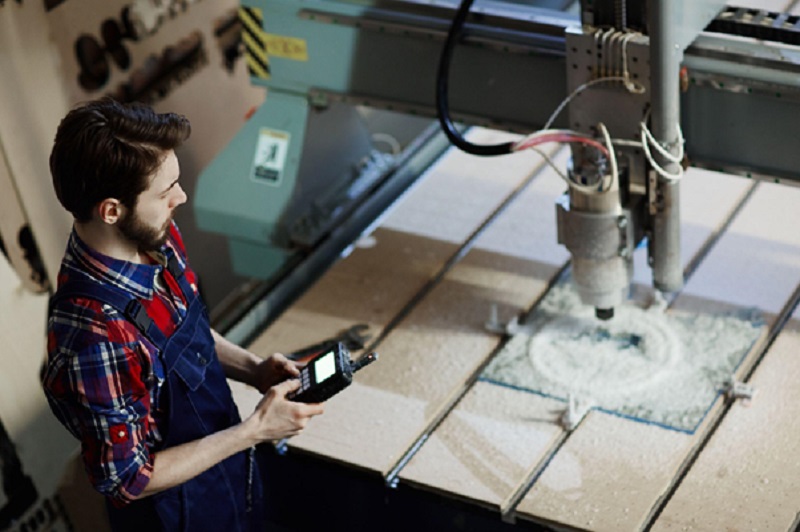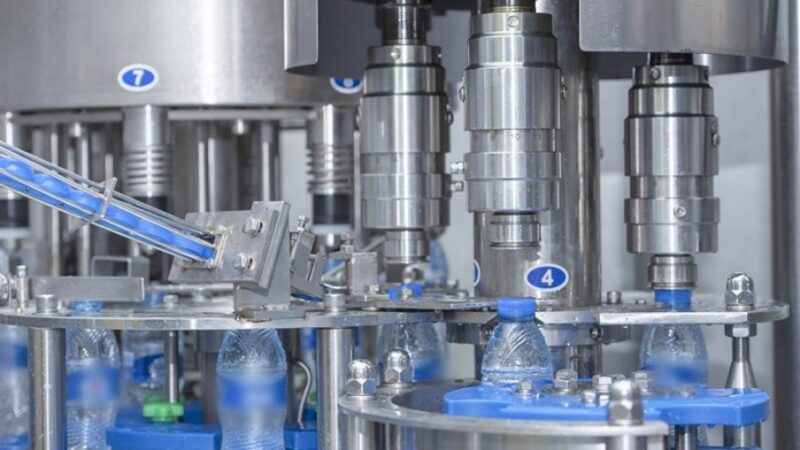8 Ways To Lift Throughput In CNC Milling Machining Now

When minor restrictions are methodically eliminated, output increases. Select a precision machining firm that views speed and stability as equal objectives if you perform CNC milling machining daily. Start by mapping losses across setups, tool life, measurement, and handoffs. The steps below scale from prototypes to consistent serial work without relying on tolerance or surface polish. To keep checks from fading, give each enhancement a unique owner.
1. Stabilise Workholding Before You Chase Feeds
Rigid clamping turns cutter power into metal removal. When parts permit, use modular vacuum fixtures or vices; then, to make loading repeatable, add locator pins and positive stops. A precision machining company should publish torque figures and fixture maintenance intervals. Stable seating allows programs to handle larger chip loads with less fluctuation from shift to shift, lowers chatter, and prolongs tool life.
2. Use Tool Length Control And Runout Checks
Long sticks out, and poor collet care drains productivity silently. Standardise holders, measure runout at the gauge line, and keep a record of acceptable windows by tool family. Small runout increases heat at the cutting edge and reduces life in CNC milling machining. When tools are changed mid-batch, presetters and clean taper techniques reduce changeover time and maintain diameter consistency.
3. Programme For Engagement, Not Drama
Most gains come from even cutter engagement, not from risky top speeds. Favour constant-engagement toolpaths, roll into corners, and open entry slots where possible. Adjust step-down and step-over to the tool and material combination. A precision machining company that iterates cutters and paths together achieves a stable cycle time that holds on Monday morning and Friday night. Avoid plunging where ramping is possible for tool life and finish.
4. Keep Chips Flowing And Coolant Honest
Heat leaves with chips when the flow is steady. Check nozzle aim, clean strainers, and keep concentration within spec. In CNC milling machining, compact nests of chips near slotting operations cause sudden load spikes and marks on walls. Add air blast or through-spindle coolant where needed, and sweep pockets during long roughing moves so finish passes stay clean.
5. Probe, Then Cut With Confidence
On-machine probing removes guesswork from setup and offsets. Pick up datums, measure tool length, and trigger compensation automatically. Light in-process checks on critical faces prevent full-batch scrap. A precision machining company will store probe routines as reusable cycles, which reduces teaching time for new parts and makes restarts after stops straightforward.
6. Close The Loop With Metrology
Inspection should feed the next cycle, not sit in a folder. Plot capability on key features, link gauges to operations, and adjust control plans when drift appears. In CNC milling machining, this loop tightens bores and flatness without over-inspecting. Simple SPC views, shop-floor gauges, and calibrated CMMs assist supervisors in making early corrections and delaying delivery.
7. Shorten Changeovers With Kitting
Throughput falls when operators hunt for tools or materials. Kitting brings holders, cutters, torque wrenches, and drawings to the machine in one tray. Until every switch is predictable, a precision machining company removes steps and time changeovers. When parts repeat, label presets and store fixtures so a restart is minutes, not hours.
8. Schedule By Constraint, Not Habit
Plan around the slowest resources. If the bottleneck is a single inspection station or a heat-treat queue, sequence work to keep that path busy while feeders prepare the next jobs. A straightforward board that displays status, upcoming setups, and problems maintains the flow visible in CNC milling machining cells. Daily stand-ups fix small blockers before they cost a shift.
Conclusion
Higher output does not require risky feeds or tired operators. It comes from clean workholding, honest tool control, steady chips, and programmes that match cutters to material. Choose a precision machining company that proves these habits in data and shop discipline. With small, repeatable gains, CNC milling machining runs faster, holds tolerance, and delivers more parts per week with fewer surprises. Keep records tidy.
For disciplined throughput gains and stable quality, contact Disk Precision Group to align CNC milling machining with proven, data-backed production habits.







